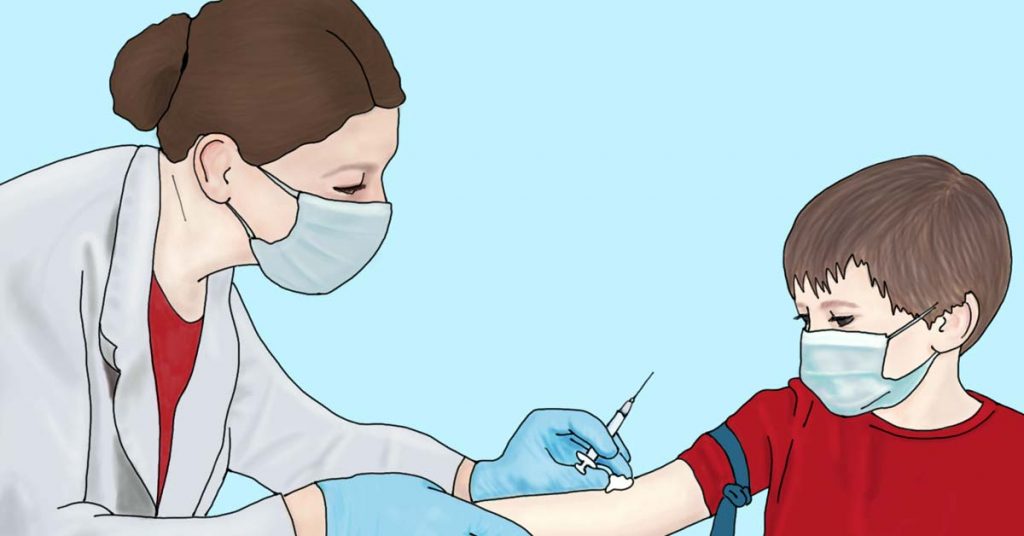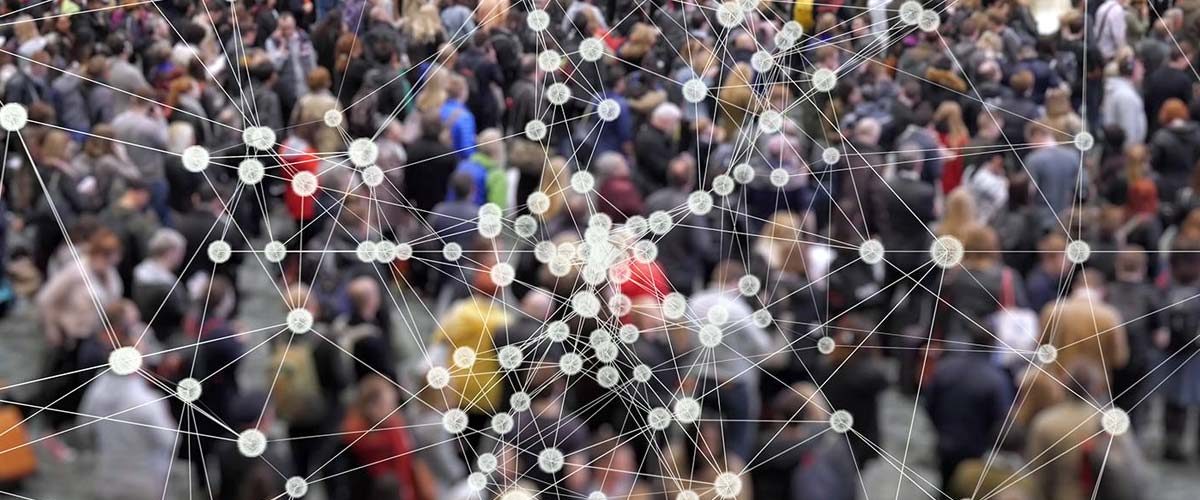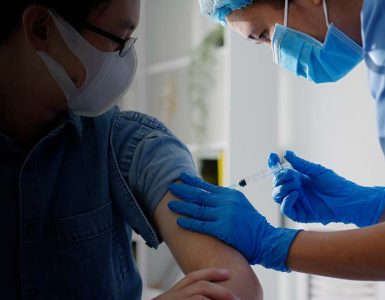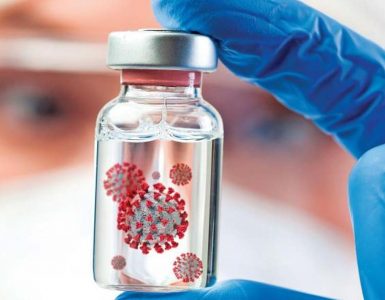Community immunity, commonly known as herd immunity establishes when a great percentage of the community/society is immune to a specific disease (either by vaccination or through prior illness), thereby, making the spread of disease from human to human very unlikely. It helps in protecting the vulnerable members of the population.
Herd immunity depends upon the contagiousness of the illness. For diseases that spread easily, there is a need for a higher number of immune individuals in the community to attain her immunity.Sadly, for COVID-19, there isn’t a specific threshold number, statistically, but the good news is that it is attainable. Herd immunity will provide protection again COVID-19 but it isn’t for certain that it will end the pandemic.
The director of the National Institute of Allergy and Infectious Disease, Dr. Anthony Fauci recommended that almost 70% – 85% of the population of the US needs to be vaccinated to reach the herd immunity goal. Previously diseased (COVID-19) patients have already gotten vaccinated (naturally), which makes the vaccination rate a better and more reliable indicator. In a paper published in Business Insider, an epidemiologist at the John Hopkins Bloomberg School of Public Health reported that a fall in the number of cases of COVID-19 would point towards the herd or enough population immunity if the conditions or behaviors of people remain the same.

There has been a 75% drop in the cases of COVID-19 since January and if kept maintained, the US could soon attain herd immunity, however, the variable factors like change in attitudes of population and emergence of new variants make it hard to nominate a single statistical number as the goal for attaining herd immunity. To combat this situation, booster shots of the COVID-19 vaccine should be administered for new variants of the disease to prevent mutated strains from causing disease. It is therefore important to ask how many people have been infected already, and how long the immunity lasts post-infection. For example, if you vaccinate 50% of the population, but that’s the wrong 50% (meaning that 50% who are already at the lowest risk of COVID-19, because of post-infection immunity) then it doesn’t add to the required total of 70 to 80% number of herd immunity threshold. This is why the key is to get the numbers higher by targeting the population at the highest risk of acquiring infections.
A major barrier to acquiring the 70% threshold is the hesitancy of the adults from getting the shots. As children make an important and large part of the population so vaccines should be authorized for children to push the country closer towards herd immunity goal.
Due to the ongoing clinical trials on children, it is believed that soon, vaccine shots will be available for toddlers.
Due to the higher number of vaccinated individuals (almost 40%), the probability of having another deadly pandemic situation (like that of December) are pretty bleak. To prevent another emergency in the future, like that of measles and seasonal flu, it is important to maintain the same vigilance level.

Keywords:
COVID vaccine, COVID-19, herd immunity, booster shots
















Add comment